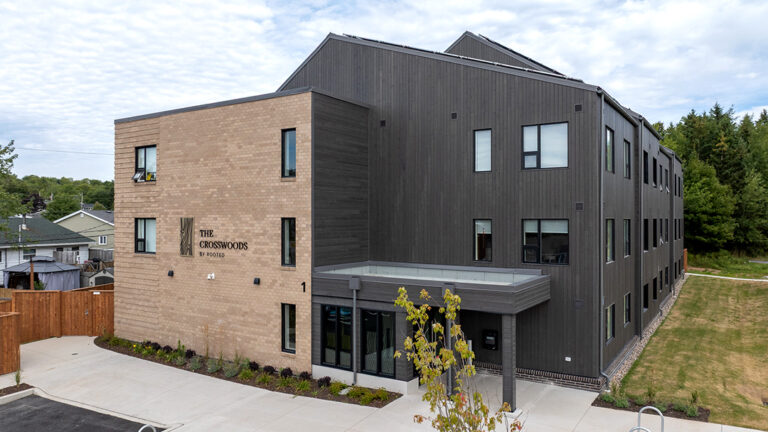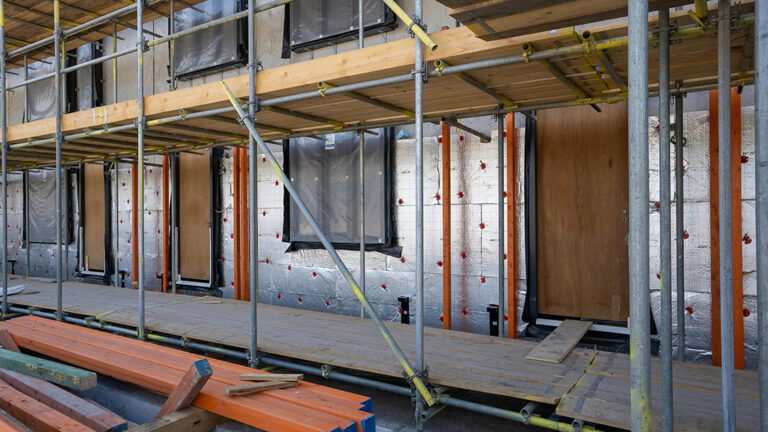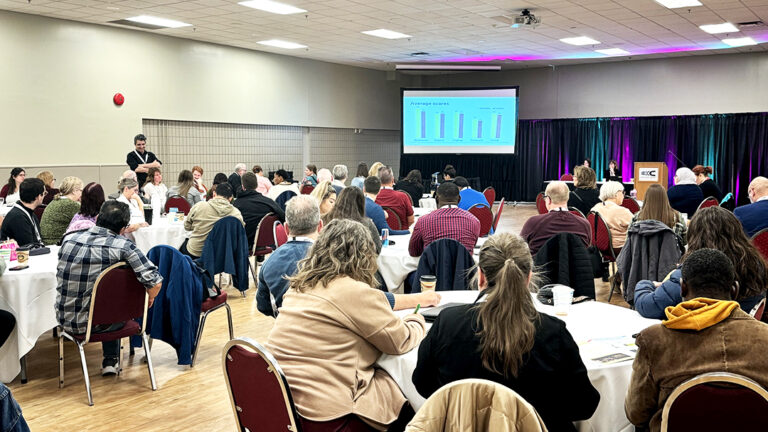As someone deeply rooted in Canada’s community housing sector, I’ve had the privilege of witnessing its incredible potential to address some of our most pressing challenges. Over the years, I’ve come to see this sector as more than just a provider of homes—it’s a powerful engine for community transformation. But for this potential to be fully realized, we need to shift our perspective and embrace bold new directions.
Community housing currently represents less than 4% of the housing market in Canada, a steep decline from the 10% share it held in the 1990s. Yet, to meet the housing needs of a growing population, we must aim for a 20% market share by 2050—an ambitious goal. This means reimagining how we operate.
What does growth look like?
Growth in community housing isn’t just about numbers—it’s about mindset. It’s about fostering an entrepreneurial culture that sees challenges as opportunities and resources as tools to unlock innovation. Across Canada, inspiring examples of this mindset are already emerging.
In Alberta, Civida is leading the way with its innovative mixed-market housing model, integrating market-rate and affordable units to achieve financial sustainability while serving diverse communities.
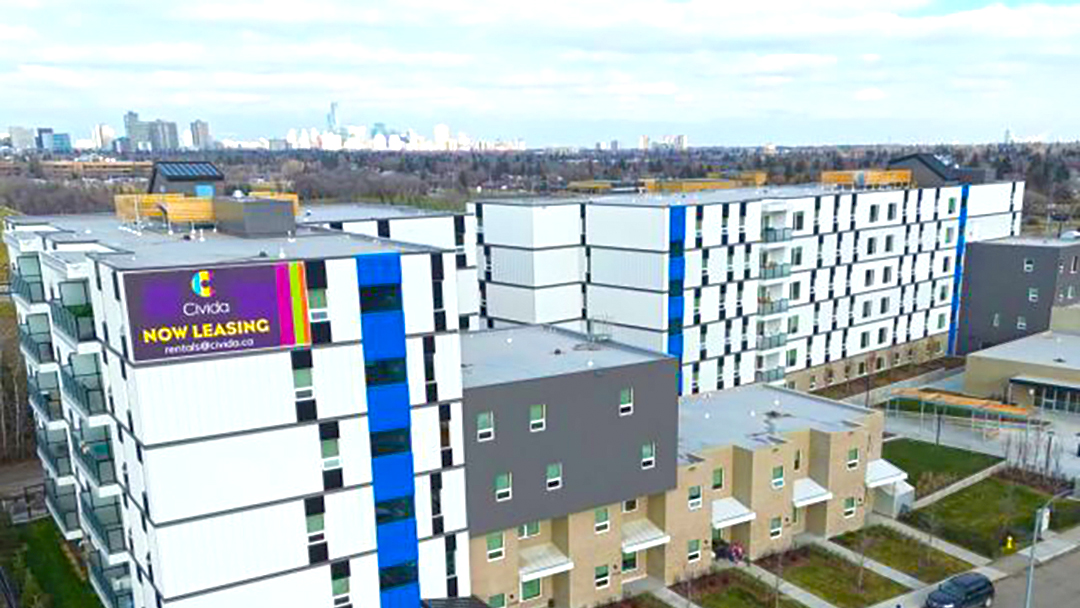
Similarly in Nova Scotia, Rooted, formerly Dartmouth Housing, is embracing rebranding and modernization to reinvigorate its mission and better meet local housing needs. These organizations are proving that growth doesn’t have to come at the cost of values—it can amplify them.
From stability to sustainability
Achieving sustainability doesn’t mean abandoning our roots; it means building on them. Community housing providers can take inspiration from approaches like systems thinking, which integrates financial, social, and environmental goals. By considering people, planet, and profit in every decision, we can create housing that is not only affordable but also environmentally responsible and economically viable.
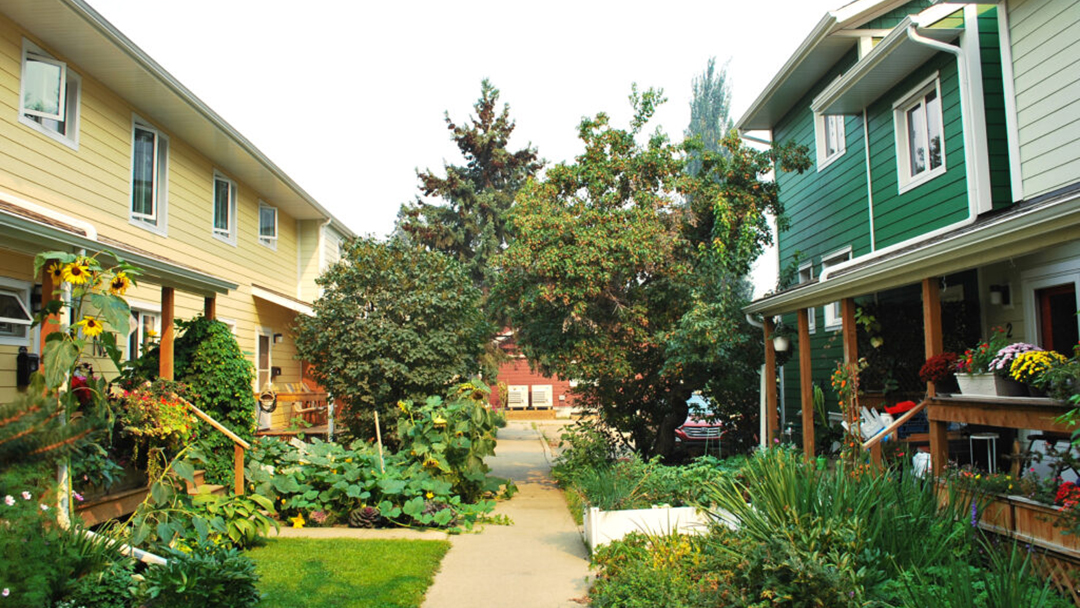
For example, Sundance Housing Co-op’s approach to combining energy-efficient design with financial sustainability demonstrates the kind of leadership our sector needs. By aligning housing development with environmental goals, they’re reducing costs and setting a standard for others to follow.
Charting the path forward
To scale these successes, we’ll need transformational leadership—leaders who can bring diverse partners together, align goals, and drive systemic change. We also need to invest in professional development, so that community housing providers have the financial literacy and operational capacity to pursue ambitious projects.
The future of community housing is bright. By embracing new models and bold thinking, we can create a sector that not only meets the needs of today but also builds resilience for generations to come.
What do you think is the most important mindset shift the community housing sector needs to embrace to achieve sustainable growth?


